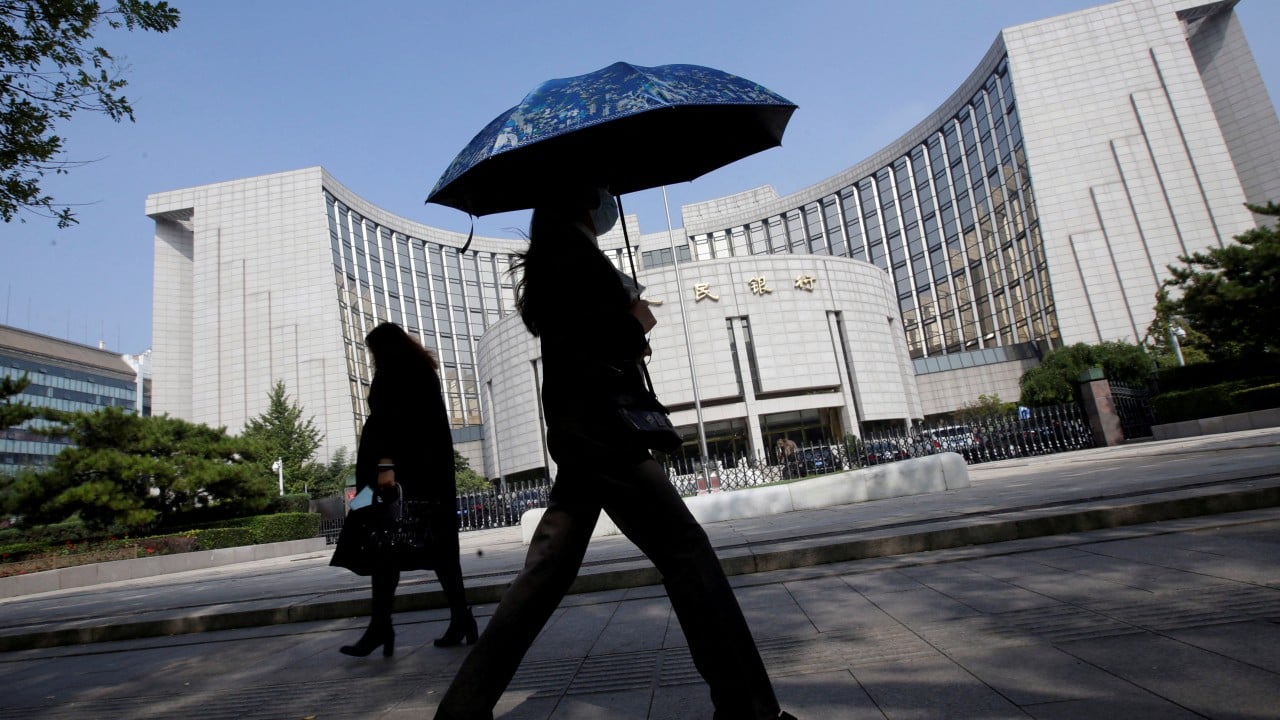For the first time in nearly two decades, the People’s Bank of China has conducted a treasury bond trade – with a net purchase totalling 100 billion yuan (US$14.1 billion) in late August.
Advertisement
The rare use of such a monetary tool has ushered in persistent debate among market institutions on the policy implications of such an expansion of the central bank’s balance sheet. Here are some key questions that have been raised:
Is China using Western-style quantitative easing (QE)?
Beijing has been clear about distancing itself from Western-style QE, which has been criticised for pushing up global inflation and resulting in international spillover.
When President Xi Jinping first mentioned the bond trade during the central financial work conference in October, it was intended to enrich the PBOC’s monetary toolbox.
Advertisement
Speaking at the Lujiazui Forum in June, central bank governor Pan Gongsheng explicitly said that the bond trade did not equate to QE but should be viewed as an ordinary “liquidity-management tool” similar to existing ones like open-market operations.
China’s monetary authority is always cautious in bond trade. Its trade size is far below that of the US Federal Reserve, whose balance sheet expanded from US$4.3 trillion in mid-March 2020 to nearly US$7.2 trillion in early June that year following its “unlimited” expansion of US Treasury and mortgage-backed securities purchases.
Advertisement

